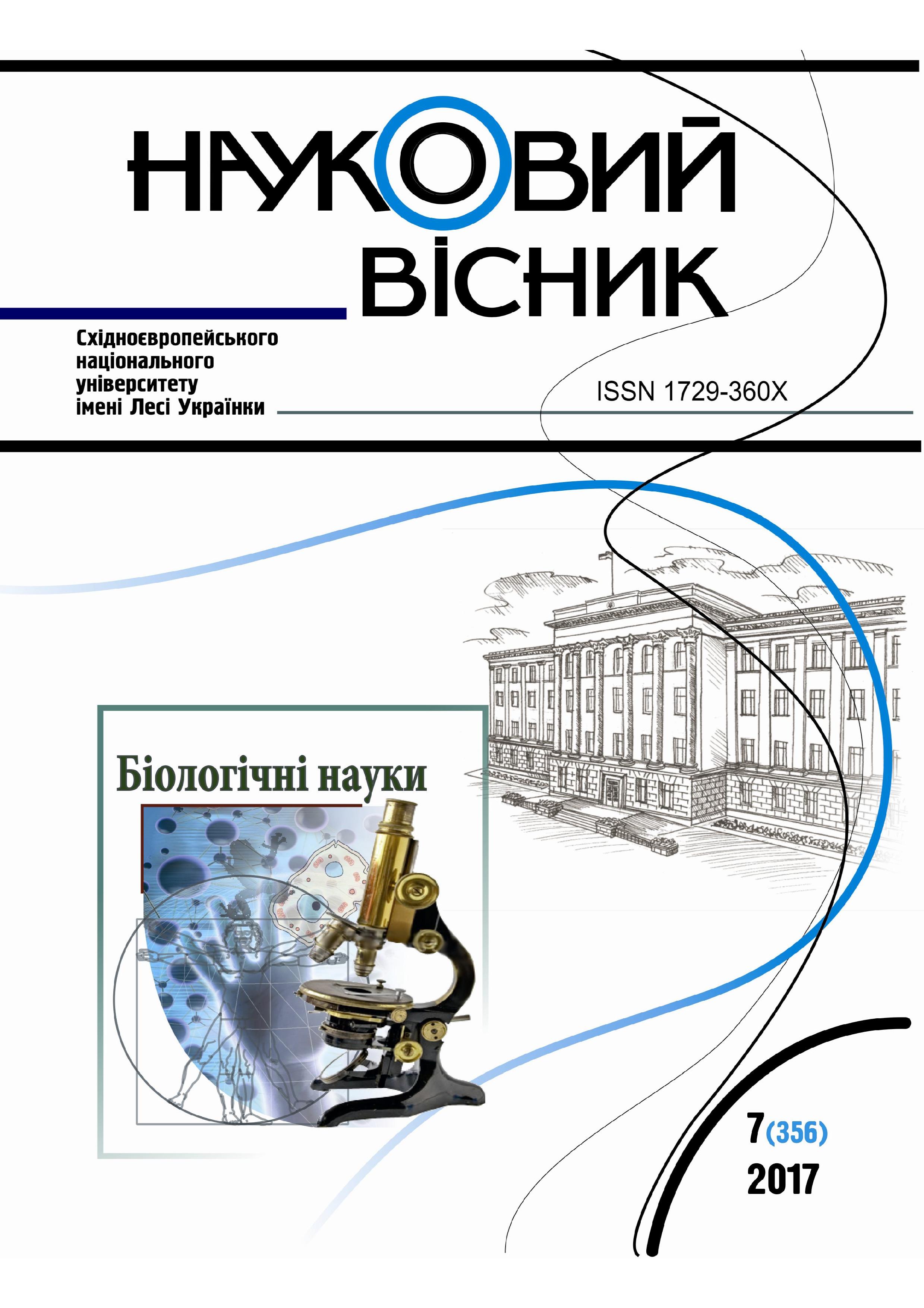Spectrum of Bile Acids in the Bile of Male rats After the Administration of L-cysteine
DOI:
https://doi.org/10.29038/2617-4723-2017-356-7-221-226Keywords:
L-cysteine, tauroconjugated bile acids, bile, liver, hydrogen sulphideAbstract
In acute experiments on laboratory male rats it was shown that after intraportal administration of L-cysteine in a dose of 20 mg per kg, the content of glycoconjugated bile acids and free bile acids in bile decreased. But the concentration of tauroconjugated bile acids in rat’s bile increased. Based on the obtained results, it is assumed that the exogenous intake of the amino acid has created the conditions for more efficient synthesis of taurine and, accordingly, its involvement in the process of conjugation with bile acids. However, a drop in the concentrations of other fractions of the cholates may indicate an H2S-mediated inhibitory effect of L-cysteine on oxygen-dependent processes such as the synthesis of bile acids and their conjugation with glycine.





